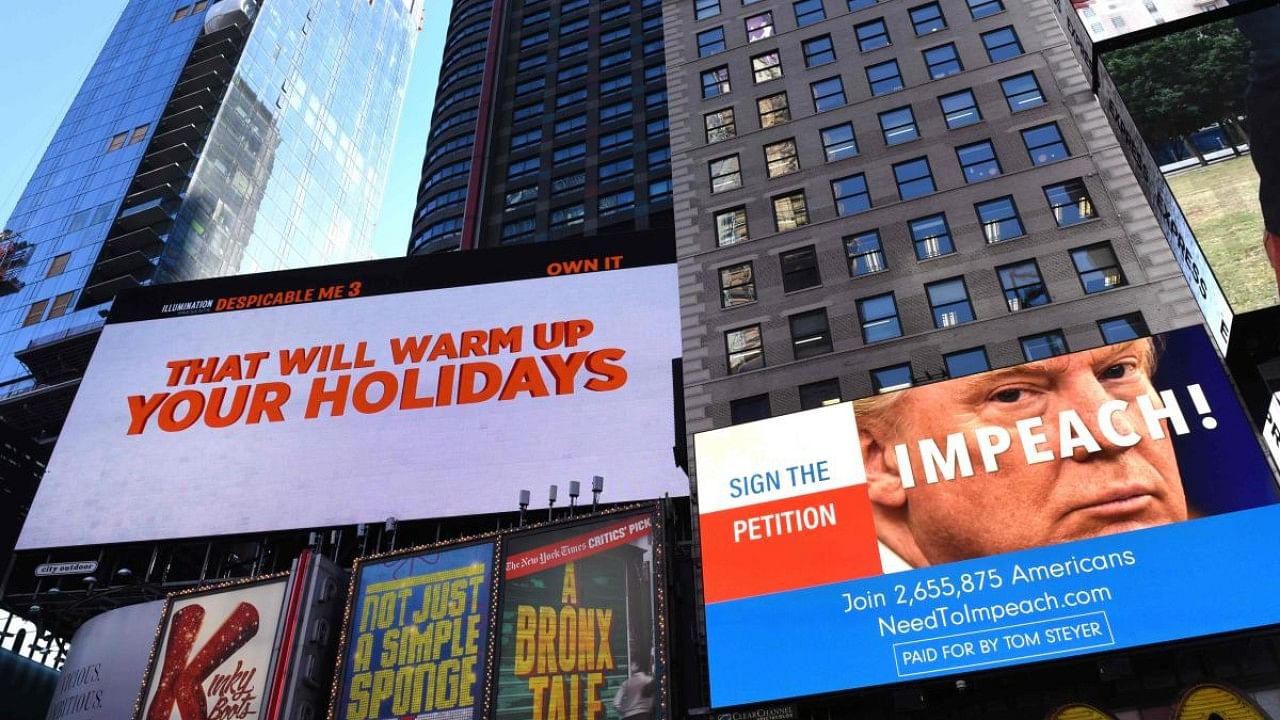
Despite the ban on flexes and banners, many such boards are mushrooming across the city. Billboards of movies, advertisements of corporates, political parties and local businesses are visible at many locations, and with the Bruhat Bengaluru Mahanagara Palike (BBMP) polls round the corner, this trend could get even bigger.
Besides these illegal hoardings, hundreds of ugly board frames still exist in public spaces although they were to be removed a long time ago. How can this visual pollution be tackled? Are there ways to protect the city’s aesthetics? DH interacts with a cross-section of Bengalureans to find out.
Kaviya Sundararaj, who resides in Bommanhalli, says: “The sites where these billboards and hoardings are put up should be subjected to surprise visits by the higher officials. Those who want to put up advertisements as a dire need can pay a small amount to the BBMP. Permitting genuine billboards on payment of a fee can reduce the number of illegal ones.” The hoardings are not only a threat to the aesthetics of the city but the material used to make such boards can create issues of pollution.
Ann Tresa Sebastian, an assistant professor, explains, “The plastic used for the billboards cannot be recycled and will be a menace in the future. Either the hoardings should be completely banned or the advertisers should strictly use environment-friendly material instead of plastic.”
Instead of going about with the traditional way of physical advertisements, the ad agencies could use social media for an effective campaign. As most Bengalureans are on social media platforms, she says, the hoardings are not a necessity. This alternative approach will be more sustainable and will help the next generation to be more eco-friendly.
Harikrishnan B, a resident of Marathahalli feels that alternative ways must be used. “Although the high court has banned the use of billboards and hoardings, people don’t take these seriously. I think the millennials and coming generation should make an effort to reduce visual pollution,” he says.
“Since technology has advanced so much, people should try alternatives such as advertisements on Facebook, Instagram, Twitter or YouTube for mass reach, rather than sticking to the conventional methods,” he adds.
Hari, who works in a private company, reiterates that the majority of the population has adopted social media and smartphones. The same advertisements and campaigns displayed on billboards can be adopted for use in social media platforms.
“One problem that is going to come up is the visibility of ads to different age groups. Older people might prefer billboards as there is a digital divide. So, for such people, the advertisement agencies can make use of eco-friendly material to make billboards instead of flex and plastic,” he says.
Check out the latest videos from DH: